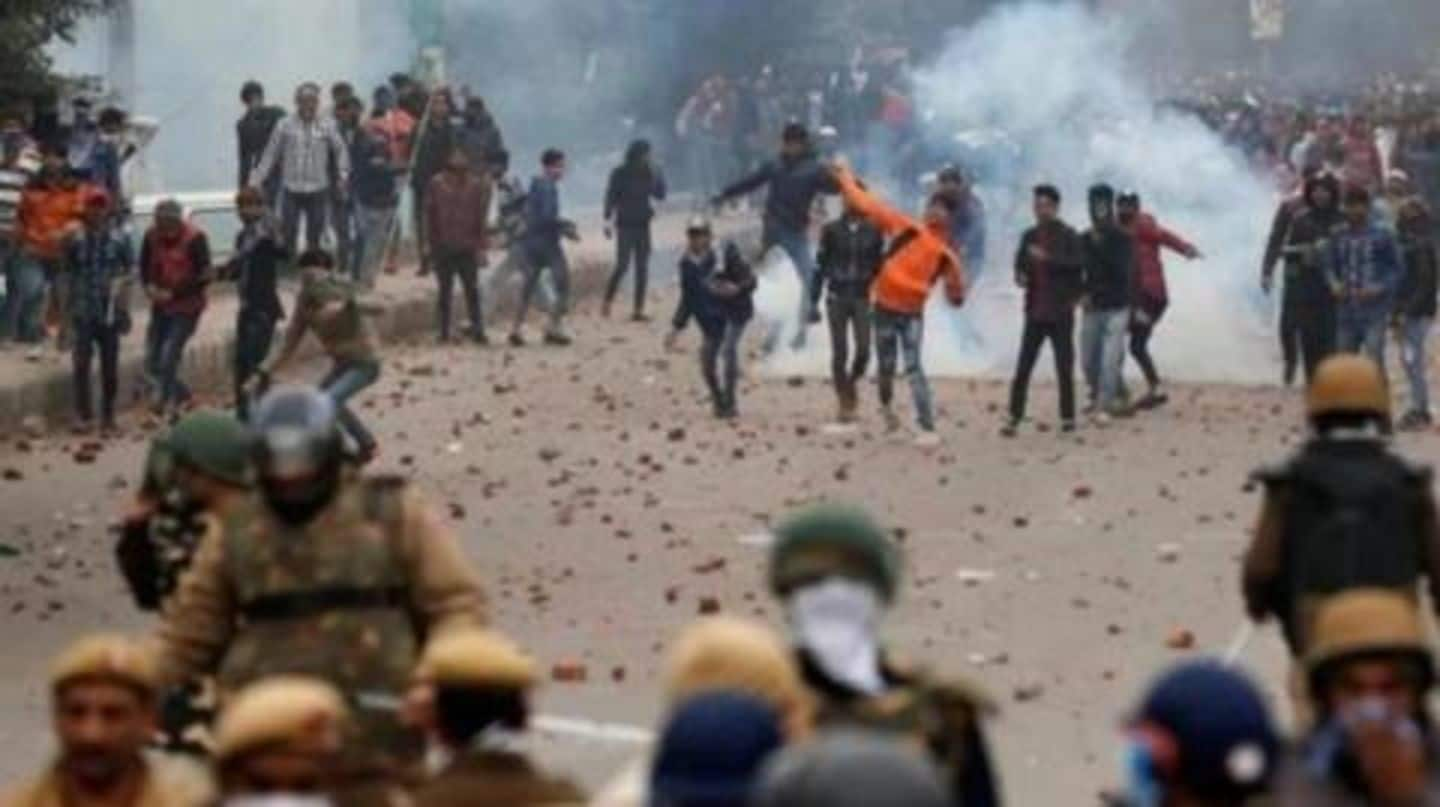
Anti-CAA stir: 'Vandals' get seven days for responding to notices
What's the story
Yogi Adityanath led Uttar Pradesh government has gone where no other state went before — it is making rioters pay for damaging public property. And in a recent development, the state government has directed the accused to respond to property attachment notices within seven days. This deadline is hardly surprising, considering Adityanath had promised to take revenge from vandals. Here's more.
Violent protests
Background: Anti-CAA stir was most violent in UP
While protests against Citizenship Amendment Act (CAA) happened across India, they were the most violent in UP, where nearly 20 people died. The state police was condemned for resorting to excesses. However, they claimed they were only retaliating to unruly mobs which hurled stones and engaged in arson. Cops also denied using guns, but most of those who died had bullet injuries.
Aftermath
Adityanath had asked police to identify rioters soon
After the massive protests, Adityanath directed police and administration to speed up the process of identifying rioters. In the state capital Lucknow, notices have been sent to 152 people with an intention to recover Rs. 2.54 crore. In Bijnor, 43 got served. Meanwhile, in Sambhal, Kanpur, Rampur and Muzaffarnagar, 26, 15, 28, and 40 people got notices respectively.
Quote
If accused can't pay, their properties will be attached
"The accused will be given a week to present their side, but if the committee is not satisfied, proceedings will begin to extract compensation. If they are not in a position to pay, their properties will be attached and auctioned," a senior government official said.
Example
After UP, Railways and Karnataka might also make vandals pay
Notably, Allahabad High Court had in 2010 said that the government should recover money from those who damage public property during riots. Following the UP model, Railways has also decided to seek damages from the accused. In violence, Railways incurred a loss of nearly Rs. 80 crore, with Eastern frontier being the worst affected. Adityanath's Karnataka counterpart BS Yediyurappa is also mulling this idea.
Looking back
Protesters usually go scot-free, Adityanath hopes to change it
Now, protests, even the violent ones, aren't new but this is probably the first time that vandals are being made to cough up money. The last time something similar to this happened was when followers of convicted godman Gurmeet Ram Rahim Singh vandalized property worth Rs. 126 crore in Panchkula. Back then, the High Court ordered freezing his properties. The case is still pending.
Details
From Haryana to Kerala, protesters have damaged public property frequently
In fact, protesters were also allowed to go easy during the 2016 Jat agitation, in which 30 people died and property worth nearly Rs. 2,000 crore was damaged. In August 2015, when Patidar agitation reached its peak in Gujarat, mobs burnt 660 government vehicles and 1,822 public buildings. Similarly, no recovery happened in Kerala last year when 49 buses were damaged over the Sabarimala verdict.